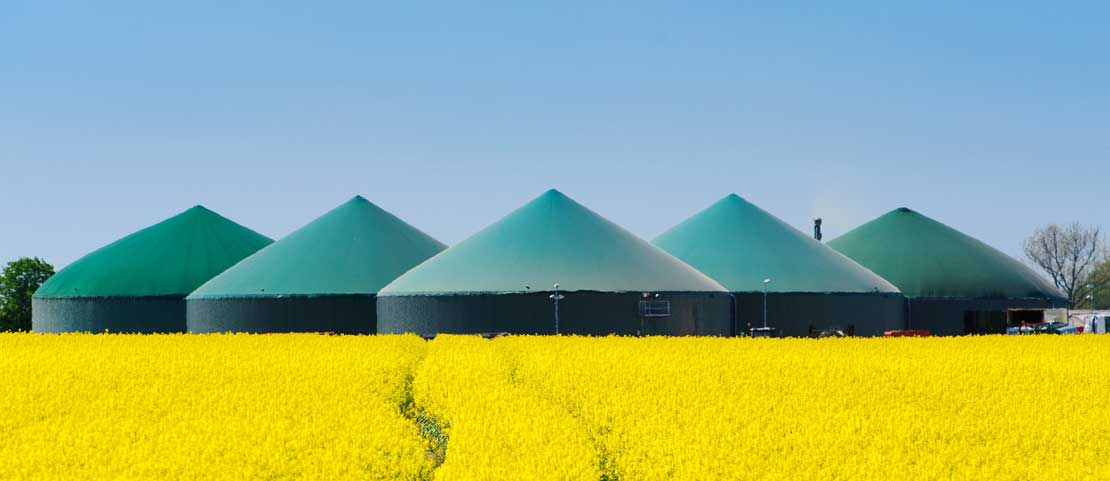

We Need to Talk About Smart Water: Jobs, Utilities and Global Water Scarcity.
With environmental issues driving down supply and an increasing population driving up demand, water utilities around the world are being challenged to treat, distribute and use water smarter.
Currently, over one-third of countries lose more that 40% of their clean water through leaks in their distribution system - meaning that it doesn't even reach the consumer. Ageing infrastructure is one of the main contributors to this issue.
Global water scarcity means that nearly a billion people don’t have access to clean, safe drinking water. That’s more than one in 10 of us, and the number is expected to rise.
These shortages aren’t just affecting rural areas. Increasing urbanization in emerging and advanced nations is straining water supply too. Major cities are now facing threats similar to South Africa’s “Day Zero”, where Cape Town was almost driven to turn off its taps, due to a severe lack of water.
Smart water networks can and are helping utilities improve this situation, increasing productivity and efficiency. Their ability to remotely monitor resource use allows operators to make faster and better decisions.
This technology is creating faster response times for leaks, bursts, operational failures, quality incidents and changes in water pressure; through utilizing process and device data in parallel, and in real time, to increase network visibility and facilitate more accurate predictive maintenance.
While many utilities have identified the need for smarter infrastructure and technological investments, few have embraced an end-to-end smart water network. Much of this is down to a lack of funding.
Insufficient public and private financing for infrastructure improvements has been a long-term issue and continues to be today. Estimates show that the cost of repairing and expanding the potable water infrastructure in the US alone will exceed $1.7 trillion in the next 40 years, with similar costs for Europe.
On top of this, Bluefield Research forecasts that the US municipal water sector will spend more than $20 billion on software, data and analytics solutions over the next decade - again with similar spending levels in Europe.
So, what needs to be done to support these major investments?
Historically, the utilities’ revenue streams have founded the basis of all investment. These water user rates provide a regular source of revenue to sustain normal operations, plus maintenance of treatment facilities, pumping stations and distribution networks.
But this source of funding might not be possible in some countries, with their utilities’ water rates and prices under a microscope.
For example, the UKs water companies have been given strict orders by Ofwat, the UKs economic regulatory board, to ensure that prices for customers are kept at a low premium - forcing the utilities to do more with what they’ve got and look for other sources of investment.
Public-private partnerships are nothing new, but I’m expecting to see this global market grow as utilities look to do more with less.
While there are more financial options out there, the overall trend is that utilities need to invest their limited pots as smartly as possible. That’s why they’re looking at smart water infrastructure, due to its return on investment.
Regulatory policies also need to support this by rewarding and incentivising cost-conscious efforts to upgrade or better manage networks. Currently, many water conservation efforts often result in lower utility revenues, which needs to change.
As smart water networks become more prominent across the globe, more water utilities are starting to offer leak detection devices to support these networks. According to SWAN, this still can only be said for 40% of utilities companies, but the figures are rising.
As the need for smart water grows, companies are now re-positioning themselves in the market as all-in-one solution providers, moving away from legacy product sales, to further support the implementation of smart water networks. Major players like Xylem – Sensus, Schneider Electric – Foxboro, Badger Meter, Endress & Hauser and Krohne are having an active role in this.
This market behaviour is having an increasing effect on the talent market. With all-in-one solutions becoming the market norm, companies are now looking for candidates who can offer full packaged systems, as opposed to stand-alone product sales and the ability to package 3rd party investment, with added-value solutions.
In many cases, digital technologies have real potential to transform the way utilities manage water by reducing water loss and improving efficiency, water conservation and customer service, while offering significant operational cost savings across the industrial water landscape. The potential impact is huge.
If digital tools are implemented to help water utilities detect and reduce water leakage by just 10%, they’ll create annual water savings of 30 billion gallons, enough to: irrigate 230,580 golf courses, fill 45,000 Olympic swimming pools or supply 3,191,489 family homes for a year.
While the advantages are clear and the market is starting to shift, I believe we are still a long way away from a global implementation of smart water networks. The financial constraints are significant and the difficulties that a regulatory approach would face on this scale - with regulations differing from region to region - are too complex.
The existing threat of water scarcity - and the growing knowledge that this will only get worse - should push more municipalities toward smart water-management systems.
Recommended.

Revolutionising the Future for Biogas.
The World Biogas Summit & Expo 2023 shared a wealth of industry knowledge, innovation, and inspiring new ideas to help #MakeBiogasHappen. We discuss the key takeaways from the event and what this means for our industry.
.png)
Overcoming Challenges in Automation of Solar O&M.
Automation is increasing efficiency in solar O&M spaces to great effect; but what are the challenges in implementation and how can they be overcome? I invited two esteemed guests in the space to discuss just that.
.jpg)
Overcoming Challenges in Automating O&M Activities for Solar Assets.
Renewable energy is at the forefront of meeting a net zero reality. In this webinar, Bill invites two esteemed guests to discuss the reality of solar asset management as a crucial factor.

In Conversation With Lumin: Smart Grids Leading The Way To Clean Energy.
Smart grids are taking huge strides across the solar power industry. I spoke to Lumin CEO, Alex Bazhinov, to see what this might mean for the future of clean energy.
Comments.